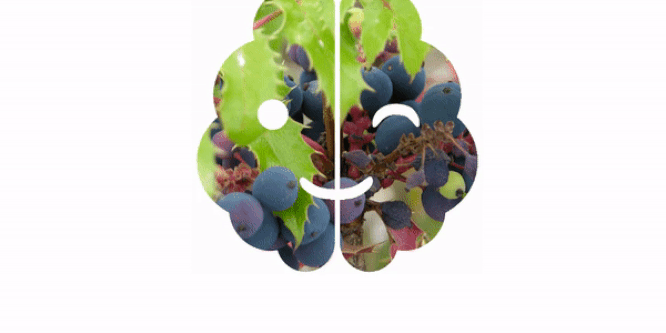

That’s the key to these CSS powered parallax scenes. Each item is also positioned with scoped custom properties, -x and -y. Each item declares its own level of movement and rotation via -move-x, etc. background-attachment - CSS: Cascading Style Sheets MDN (). Pertama, buat berkas styles.css di folder css-parallax dengan perintah nano: Di sinilah Anda akan menempatkan semua CSS yang diperlukan untuk membuat efek gulir parallax. To reiterate, each should be identified, typically by including a heading ( h1 - h6 element) as a child of the element, wherever possible. The important part there is how we’re making use of -ratio-x and -ratio-y inside the transform. background image in a section so it doesnt move on scroll or use parallax. Kemudian, Anda akan menambahkan CSS awal untuk menata gaya situs web dan membuat efek parallax. If you are only using the element as a styling wrapper, use a instead.If the contents represent the main content area of a document, use.If the contents represent useful tangential information that works alongside the main content, but is not directly part of it (like related links, or an author bio), use an.a blog post or blog comment, or a newspaper article), the element would be a better choice. The background-attachment property sets whether a background image scrolls with the rest of the page, or is fixed. If the contents of the element represent a standalone, atomic unit of content that makes sense syndicated as a standalone piece (e.g.This has the effect of making the element appear larger when viewed on a 2D display, or closer when viewed using a VR headset or other 3D display device. Then, the translateZ () function moves the element 200 pixels 'outward' from the screen, toward the user. As an example, a navigation menu should be wrapped in a element, but a list of search results or a map display and its controls don't have specific elements, and could be put inside a. A value of 500px means the user is 500 pixels 'in front of' the imagery located at z0. Allowing cross-origin use of images and canvasĪs mentioned above, is a generic sectioning element, and should only be used if there isn't a more specific element to represent it.

HTML table advanced features and accessibility.Inside your styles. This is where you will put all of the CSS needed to create the parallax scrolling effect. From object to iframe - other embedding technologies First, create a styles.css file in your css-parallax folder with the nano command: nano styles.css.Assessment: Structuring a page of content.We will use basic tags of HTML like div, paragraph, and heading to write our content and will use CSS to align and. On non- replaced inline elements, it specifies the height that is used to calculate line box height.

On block-level elements, it specifies the minimum height of line boxes within the element. It's commonly used to set the distance between lines of text. In this article, we are creating a parallax webpage using HTML and CSS. The line-height CSS property sets the height of a line box. const mapRange = (inputLower, inputUpper, outputLower, outputUpper) => `) A parallax website includes fixed images in the background that is kept in place and the user can scroll down the page to see different parts of the image. You should see that the FPS of the CSS animations will now be significantly higher.

After enabling OMTA, try running the above test again. Primero, cree el archivo styles.css en su carpeta css-parallax con el comando nano: nano styles.css. Luego, aadir en el CSS inicial que necesita para disear el sitio web y crear el efecto de paralaje. Pass in two ranges and you’ll get a function you can use to get the mapped value. To enable the OMTA (Off Main Thread Animation) in Firefox, you can go to about:config and search for the -animations. Paso 3: Crear un archivo CSS y agregar el CSS inicial. They already provide a mapRange() function for this purpose. La propiedad CSS background-attachment determina si la posición de la imagen de fondo será fija dentro de la pantalla o se desplazará con su bloque contenedor. In this project, I was able to use GSAP and that meant using some of its utility functions. We can reference an element and work out the value from its center using a mapping function. For example, the left side of the viewport should be -1 for x, and 1 for the right side. We want to map these values around a center point.


 0 kommentar(er)
0 kommentar(er)
